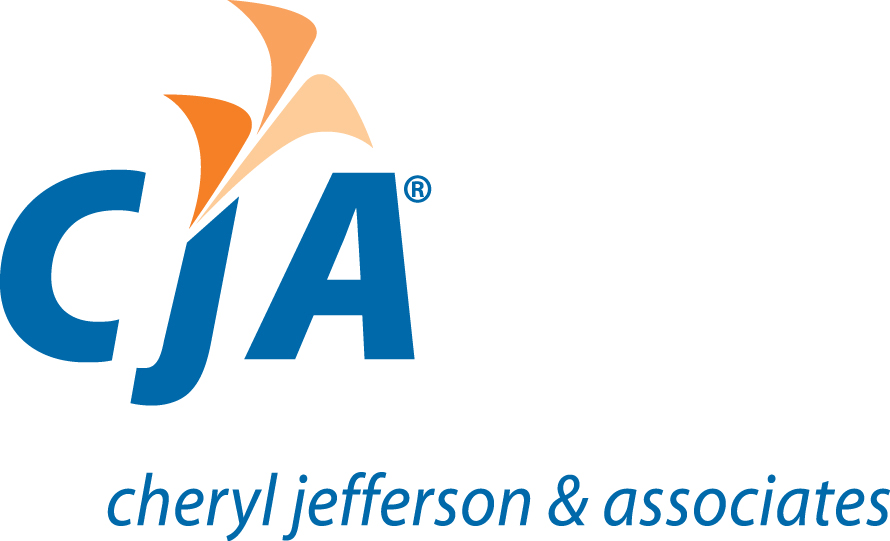Current Ratio vs. Quick Ratio
Liquidity ratios are an important tool used to measure how efficiently a company can pay off its debt. The most common liquidity ratios used are the current and the quick ratio. These ratios help investors and creditors assess the financial health and stability of a company. In general, the lower the liquidity ratio, the higher the possibility that the company may be in financial crisis. A high liquidity ratio signifies that the company may focus on liquidity. Thus, not effectively using their capital or expanding their business.
Liquidity Ratios: Current Ratio
The current ratio equals current assets divided by current liabilities. In accounting, “current” refers to the timeframe of one year or less. In other words, current liabilities would be any liabilities due within one year. Current assets are assets that convert into cash within one year. Examples of current assets are bank accounts and accounts receivable. Examples of current liabilities are accounts payable and payroll liabilities.
Companies should aim to have a current ratio above 1. Creditors consider a company with a current ratio below 1, financially risky because the company has fewer current assets than current liabilities. Additionally, it signifies that the company is not likely to easily pay off their short-term obligations (current liabilities). A company with a current ratio above 1 is less of a risk since the current assets outweigh current liabilities. Consequently, its likely to be able to liquidate current assets and pay off short-term obligations (current liabilities).
Liquidity Ratios: Quick Ratio
The quick ratio is the sum of the cash equivalents, accounts receivables, and marketable securities divided by the current liabilities. The quick ratio measures the liquidity of a company. However, this is considered a more ‘conservative’ measure than the current ratio since specific current assets are used to calculate the numerator. Another name for quick ratio is the ‘acid-test’ ratio since this uses the most liquid of the current assets that can be converted to cash within 90 days or less.
Similarities and Differences
Both the current ratio and the quick ratio use current liabilities as the denominator. Another similarity between the two, is they use current accounts in the calculations. The quick ratio differs from the current ratio in its calculations as the quick ratio only uses specific current assets, while current ratio uses all current assets. Both ratios should be above 1 but they mean different things. A current ratio of at least one means the company is able to cover its liabilities, but might have to sell some assets to do so. A quick ratio of at least one means the company can cover its current liabilities without having to sell any assets.
Both of these liquidity ratios are important since potential investors and creditors use them as a barometer. As a business, it is important to know how certain business decisions can affect your financial stability, ability to get investors, and acquire capital. A CPA, is a useful resource in providing insight into these financial ratios and others by providing advice on important business decisions.
Contributed by Maryney F. Ramirez

